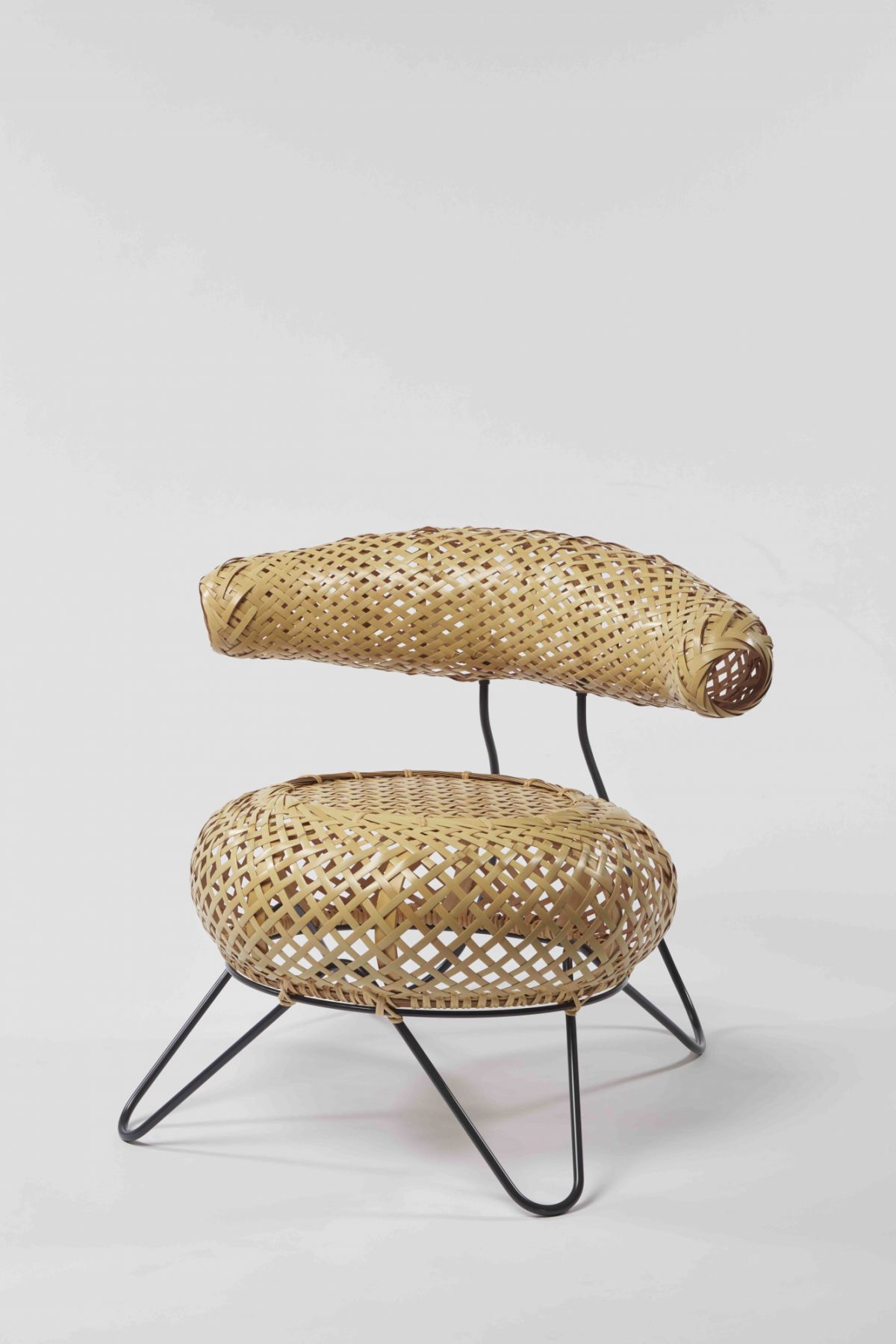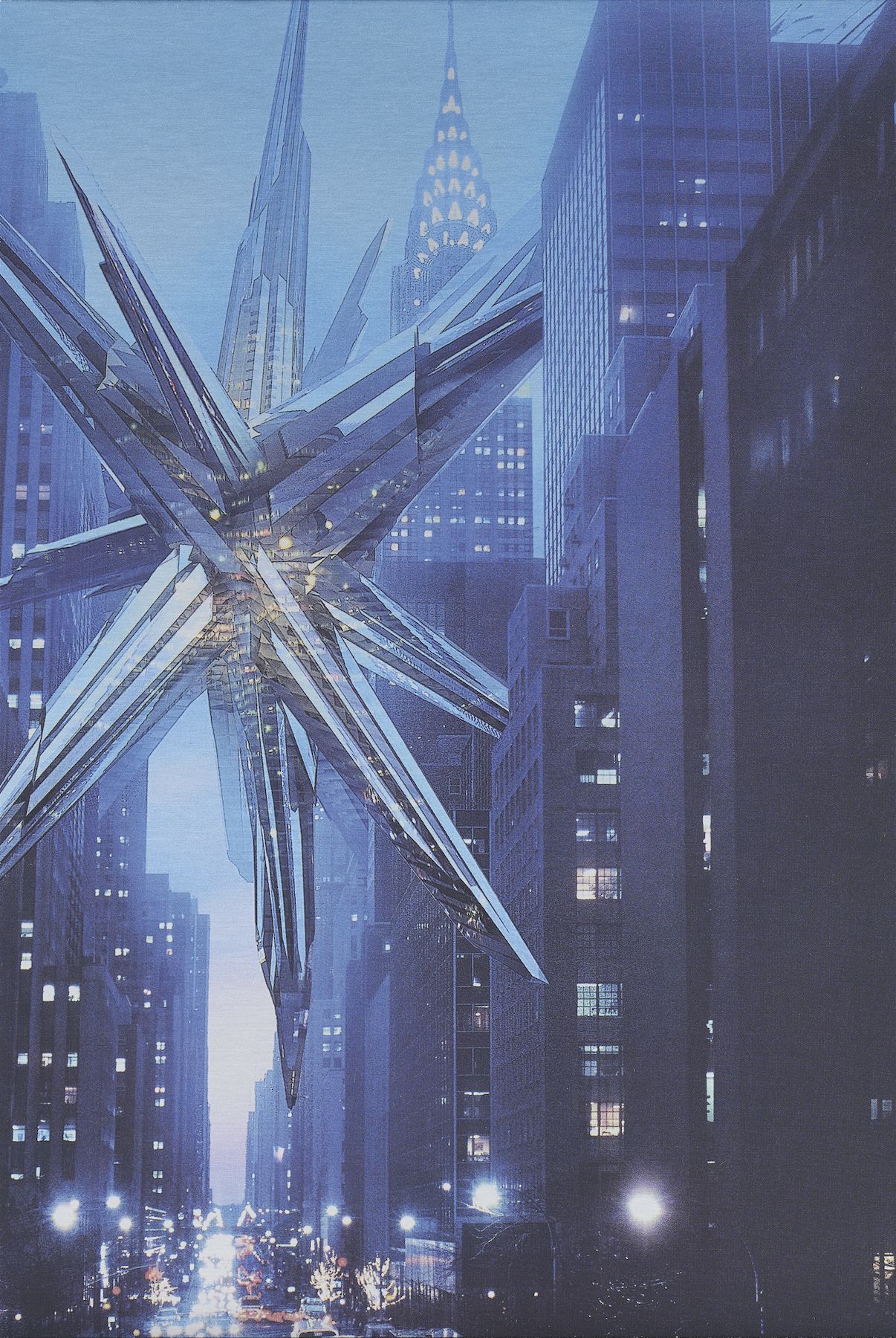The lead curator of design and architecture at M+ discusses how Asian design has been left out of the canon—and explains why the museum has collected a sushi bar
“Times have changed,” says Ikko Yokoyama. “The world has finally recognised the glaring gap left by the exclusion of non-western styles in mainstream art.”
M+, she says, will fill that gap.
Yokoyama is the lead curator of design and architecture at M+, Hong Kong’s sprawling new museum of visual culture, which opens to the public on November 12. On top of collecting art and moving images—such as digital animations and video works—M+ is also committed to preserving, studying and exhibiting works of architecture and design, particularly those from around Asia. Below, Yokoyama discusses why it is so important that design and architecture is being collected by the museum, how Asian design and architecture has historically been excluded from the canon and what visitors can expect from the museum's first exhibition dedicated to architecture and design.
Don’t miss: Exclusive: Inside Hong Kong’s New M+ Museum—Asia's Answer To Tate Modern and MoMA

How will M+’s architecture and design collection make the museum stand out on the global stage?
At this moment, no other museum in Asia is building a public architecture collection and design archive, especially one curated from a transnational and visual cultural lens. In fact, most prominent design and architecture collections currently in display are privately owned by collectors or companies. While there are many great art museums in Asia, none has the disciplinary diversity displayed in M+. Therefore, I truly believe that our design and architecture collection will contribute greatly towards the museum’s reputation as an exceptional institution.
Furthermore, interdisciplinary thinking has laid the foundations for M+ since day one, making it one of our institution’s greatest strengths. When we collect objects and curate exhibitions, design and architecture are perceived in tandem with visual art and moving images. We actively seek intersecting ideas and boundary-breaking strategies; we highly value concepts that criss-cross and overlap. We are as a brand-new museum conceived from scratch, free from traditional expectations and constraints—these are all exciting advantages that makes M+ stand out from the rest.
In case you missed it: M+ Chief Curator Doryun Chong On Hong Kong, Chinese Contemporary Art And The Museum's Opening Exhibitions





